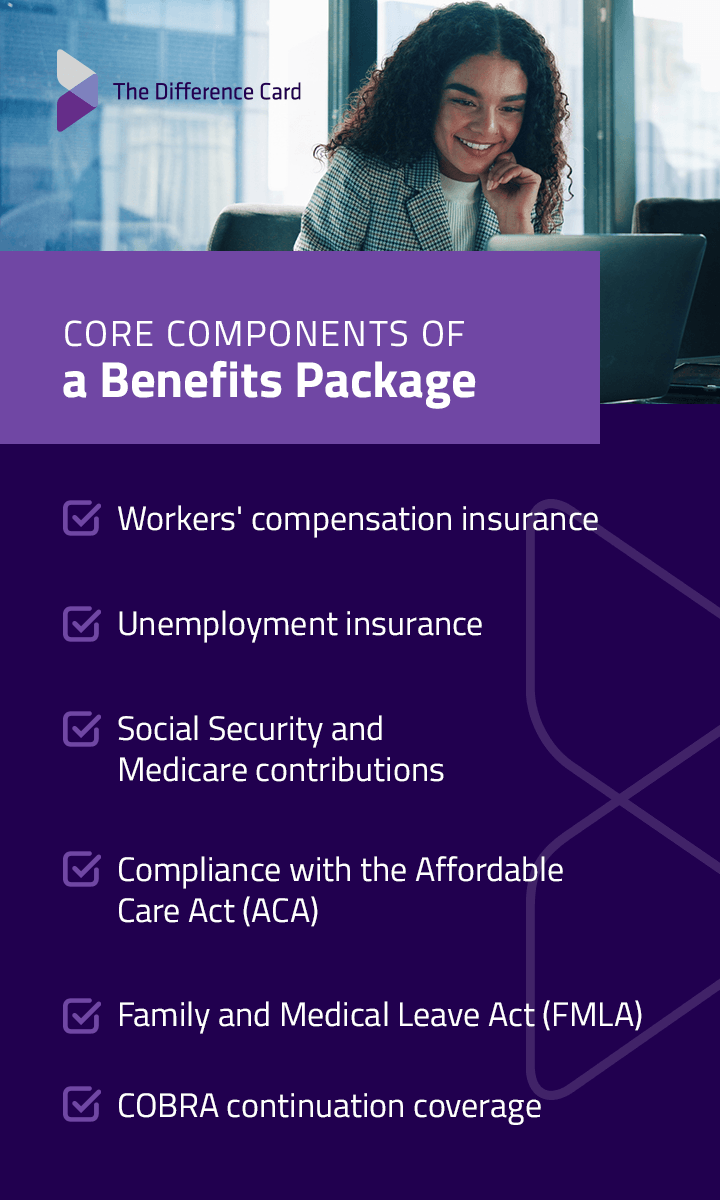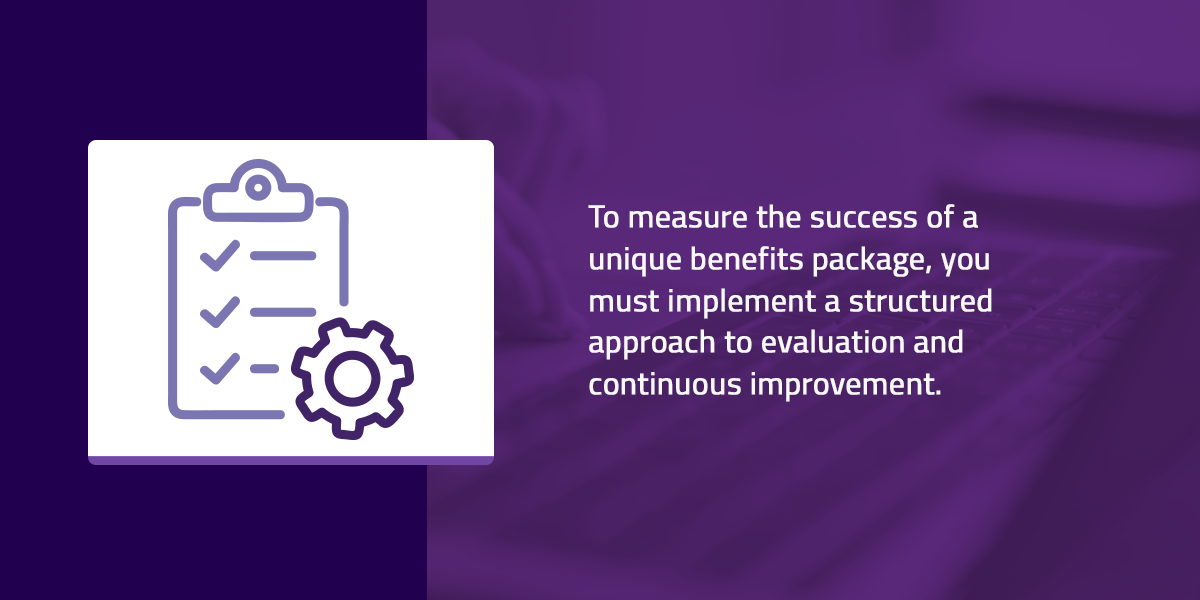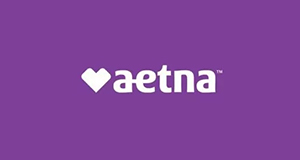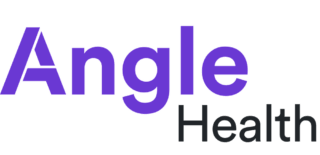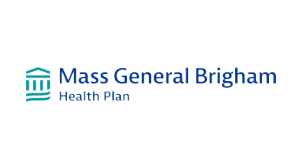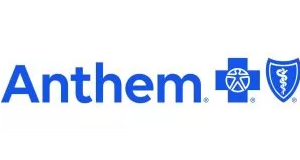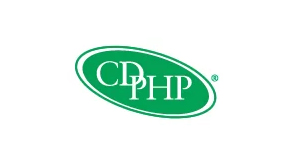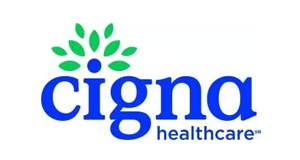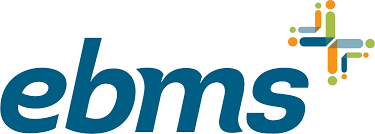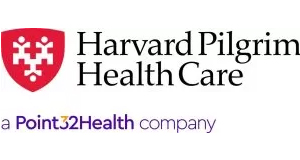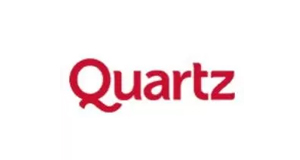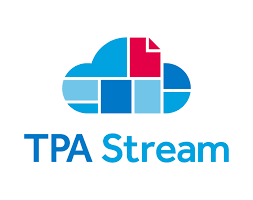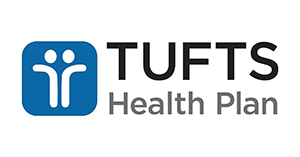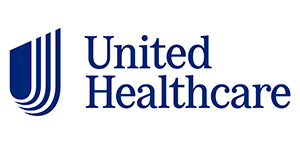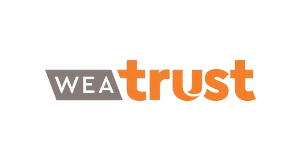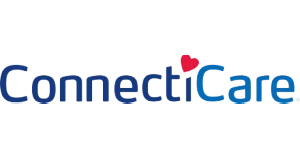
Creating a Unique Benefits Package for Your Clients
Table of Contents
If you're an insurance broker, creating a unique benefits package for your clients allows you to tailor employee benefits that meet the specific needs and goals of a company and its workforce. Instead of offering a one-size-fits-all plan, you customize benefits aligned with company culture, values, and budget. This might include health insurance, retirement plans, wellness programs, and other perks that employees value.
In a competitive market, employers are constantly looking for ways to attract and retain top talent. Unique benefits packages can give these employers an edge over their competitors. However, they're also concerned about rising healthcare spending.
This guide explores custom benefits package design tailored to your clients' needs.
Why a Unique Employee Benefits Package Matters
A unique employee benefits package provides a competitive advantage in today's job market. Employers can stand out, attract and retain top talent by offering innovative, custom employee benefits. These packages go beyond traditional offerings to address diverse employee needs and preferences, which enhances job satisfaction and loyalty.
Several factors have driven the shift from one-size-fits-all to customized benefits enrollment strategies:
- Diverse workforce needs: Today's workforce has employees from different generations, backgrounds, and life stages. A one-size-fits-all approach doesn't address this diverse group's varied needs and preferences.
- Focus on employee well-being: In 2024, about 23% of U.S. employees said they experienced high to very high levels of burnout. This information inspired more employers to provide employees with stress-reducing and wellness programs and increased access to mental health services.
- Changing employee expectations: Modern employees expect more from their employers than a paycheck. They seek environments that support their personal and professional growth. Customized benefits packages align with these expectations and may support career development, work-life balance, and quality of life.
Unique benefits demonstrate a company's commitment to its employees' overall health and personal growth, fostering a positive company culture that boosts morale, encourages teamwork, and reduces turnover.
Offering unique employee benefits as a small business or startup can also be a strategic tool to compete with larger companies. For example, flexibility and long-term incentives appeal to younger professionals and demonstrate a company's dedication to its employees.
Core Components of a Benefits Package
The mandatory benefits that all U.S. employers must provide to their employees are primarily established by federal law, with some variation at the state level. These core components should be included to meet federal benefits package compliance requirements:
- Workers' compensation insurance: This insurance covers employees who are injured or become ill due to their work, regardless of the size of the business. Some exemptions may exist for specific industries or employee types at the state level.
- Unemployment insurance: Each state's unemployment insurance program provides temporary financial assistance to eligible workers who lose their jobs through no fault of their own. Employers are required to register and pay unemployment insurance taxes.
- Social Security and Medicare contributions: Employers must withhold and contribute to Social Security and Medicare, funded by the Federal Insurance Contributions Act (FICA), on behalf of their employees.
- Compliance with the Affordable Care Act (ACA): Employers with 50 or more full-time employees must offer affordable health insurance that provides minimum essential coverage to their employees and their dependents.
- Family and Medical Leave Act (FMLA): Under the FMLA, employers with at least 50 employees within a 75-mile radius are required to offer eligible employees job-protected, unpaid leave — up to 12 weeks within a 12-month period. Employees can use this leave for specific medical and family reasons, and employers must continue to provide group health insurance coverage throughout the employee's leave duration.
- COBRA continuation coverage: According to the Consolidated Omnibus Budget Reconciliation Act (COBRA), employers with 20 or more employees who offer group health plans must offer continuation of health coverage to employees and their dependents after certain qualifying events, such as termination or reduction in hours.
Some states may have additional mandates, such as disability insurance or paid family leave. Paid vacation, paid sick leave, retirement plans, dental or vision insurance, and other ancillary benefits are typically offered at the employer's discretion to remain competitive in the labor market.
Innovative Employee Benefits to Consider
Customizing health insurance benefits and other non-traditional employee benefits can differentiate a business's package and appeal to a more diverse workforce. Here are some innovative benefits that can set a company apart:
- Telehealth services: Offering virtual healthcare options provides convenient access to medical professionals and reduces the need for in-person visits.
- Fitness subsidies: Offering gym memberships or fitness class reimbursements encourages a healthy lifestyle, reduces sick leave and boosts energy levels.
- Student loan assistance: Helping employees pay down educational debt can attract younger talent and alleviate financial stress.
- Equity compensation: Offering stock options or ownership stakes gives employees a personal investment in the company's success.
- Employee assistance programs (EAPs): Providing confidential access to counseling and support services helps employees manage stress and mental health challenges.
- Mental health days: Allowing employees to take time off for mental health reasons shows a commitment to their overall well-being.
- Pet insurance: Covering veterinary expenses appeals to pet-owning employees, particularly millennials and Gen Z.
- Volunteer time off: Offering paid time off for community service supports employees' personal values and social responsibility.
- Flexible work arrangements: Allowing remote work or flexible hours helps employees balance personal and professional responsibilities.
- Four-day workweek: Implementing a shorter workweek can enhance work-life balance and increase job satisfaction.
- Sabbaticals: Offering extended leave for long-term employees to pursue personal interests or recharge can lead to renewed creativity and loyalty.
- Grocery assistance: Providing grocery stipends or discounts addresses everyday financial concerns and supports employees' well-being.
Implementing a medical expense reimbursement plan (MERP) paired with a health savings account (HSA) can lead to significant benefits package cost optimization and tax reductions for companies.
How to Build a Unique Benefits Package
Building a unique benefits package involves understanding what employees want, optimizing costs for the company, and ensuring compliance with legal requirements. A custom benefits package helps your client retain talent, boost employee satisfaction, and improve overall productivity.
This guide will help you create a benefits package that stands out.
1. Understand Your Client's Workforce and Needs
The first step in building a unique benefits package is assessing client needs and workforce demographics.
- Gather employee input: Use anonymous surveys and personal interviews to ask employees about their benefit preferences and priorities. You could also conduct small group discussions to explore specific needs and preferences in more detail.
- Consider age and family status: Different generations and family situations may prioritize benefits differently. For example, younger employees might value student loan assistance, while those with children might prioritize comprehensive health insurance.
- Look into career stages: Understand the career stages of the employees to tailor benefits that support their professional growth and personal needs.
- Research industry standards: Research what similar businesses offer by consulting local HR associations, the Chamber of Commerce, or benefits survey results. This information will help you find gaps where your client can stand out.
- Review current benefits: If your client already offers fringe benefits, compare them to the company's needs and determine whether they align with the employees' wants.
2. Customize Benefits to Company Culture and Budget
Customizing benefits for each client requires flexibility, creativity, and strategic planning, especially when every company has a unique culture and budget needs. Here's how you can achieve this balance:
- Identify goals: Determine what your client wants to achieve with their benefits package. This could include supporting employee well-being, reducing turnover, or enhancing financial security.
- Reflect on values: Ensure the benefits align with the company's mission and values. For example, if sustainability is a core value, consider offering benefits like public transportation subsidies or remote work options.
- Assess financial constraints: Establish a sustainable budget based on your client's financial situation. Consider current costs, projected expenses, and potential tax credits. Focus on benefits that will provide the greatest value relative to cost. Implement tiered options where employees can "buy up" for more comprehensive coverage if desired.
- Consider portable benefits: Offer benefits that employees can take with them, such as retirement plan assets or group insurance that can be converted to individual policies.
For startups with limited cash flow, offering stock options can enhance overall compensation and become lucrative as the company grows. If your client wants more inexpensive perks, consider wellness stipends, flexible work schedules, and cell phone reimbursements.
3. Conduct Legal Compliance and Risk Management
Conducting legal compliance and risk management is crucial when building a unique benefits package. Here's how to ensure it's compliant and well-managed.
- Understand worker classifications: Determine whether your client's workers are classified as W-2 employees or independent contractors. This classification affects the benefits employers are legally required to offer.
- Comply with regulations: Ensure compliance with federal, state, and local laws, such as the Employee Retirement Income Security Act (ERISA) and Health Insurance Portability and Accountability Act (HIPAA). Your client must also comply with paid sick leave and disability insurance mandates in their specific regions.
- Manage risk and avoid penalties: Conduct regular audits of the benefits package to identify and address any compliance gaps. Keep up with changes in laws and regulations that may impact these benefit offerings and adjust accordingly.
- Maximize tax advantages: Explain the tax implications of different benefits to your client, such as pretax contributions for health insurance and retirement plans. Structure the benefits to maximize tax savings for both the business and employees.
4. Communicate and Roll out the Benefits Package
In this step, it's essential to roll out and communicate the benefits package to ensure employees understand and use their employer's offerings. Follow these best practices to launch a new or updated benefits package:
- Develop a comprehensive communication strategy: Create simple, visual guides that explain complex benefits in an easy-to-understand manner. To reach all employees, use several communication methods, including digital resources, written materials, and in-person explanations.
- Educate employees: Host informational sessions during open enrollment to explain the benefits package, enrollment procedures, and any changes from previous offerings. Schedule regular check-ins throughout the year to reinforce understanding and address any questions.
- Highlight employee input: Let employees know their input was considered when developing the benefits plan. This will foster a sense of ownership and engagement.
- Address questions and changes: Clearly explain any changes to the benefits offered, new additions, or removals, and any changes in premiums or medical costs. Educate employees on how to maximize the value of their benefits, including any discount programs or additional resources available.
5. Support Employer Groups
After implementing the unique benefits package, support employer groups by providing ongoing resources, education, and optimization strategies. Here's how to effectively support them:
- Use member portals: Provide access to member portals where employers, members, or HR teams can manage benefits, access forms, and stay updated on compliance requirements.
- Offer educational materials: Develop a platform that provides detailed information about plan options. This can help employees make informed decisions based on their medical needs and financial situations.
- Provide ongoing support and plan optimization: Implement ongoing communication strategies, such as periodic emails, texts, and office displays, to keep employees informed and engaged with their benefits. Host interactive events like lunch and learns or wellness competitions to promote benefits.
- Give personalized support: Encourage employees to attend benefits meetings and offer one-on-one sessions for personalized guidance.
6. Measure Success and Adapt Over Time
To measure the success of a unique benefits package, you must implement a structured approach to evaluation and continuous improvement, which means that you may be adapting benefits packages over time. You can track and adjust the benefits package by following these steps:
- Conduct periodic assessments: Implement quarterly assessments to evaluate the effectiveness of the benefits package. Gather data from internal employee surveys, external benchmarking, and industry trends to understand the package's performance.
- Track key metrics: Monitor how many employees enroll in and use the benefits offered. High participation rates indicate that the benefits are valued and relevant. Collect feedback through surveys and focus groups to understand employee satisfaction and identify areas for improvement. You can also analyze employee retention rates to determine if the benefits package contributes to employee loyalty and reduces turnover.
- Evaluate competitiveness and compliance: Compare the benefits package against industry standards and economic trends to ensure it remains competitive and meets all legal and regulatory requirements.
- Adapt and update: Use employee feedback and data analysis to make informed adjustments to the benefits package so it continues to meet evolving needs.
- Communicate changes: Clearly communicate any changes or updates to the benefits package to employees, explaining the reasons behind the adjustments and how they benefit the workforce.
Let The Difference Card Help With Your Unique Benefits Package
Group health insurance is evolving, with rising costs and diverse workforce needs driving demand for innovative, customizable benefits solutions. Personalized benefits packages increase employee satisfaction and retention, especially in a multigenerational workforce. Innovative plans that include an MERP, HSA, or healthcare flexible spending account (FSA) can reduce employer costs while maintaining or enhancing coverage.
The Difference Card empowers brokers and employers to deliver cost-effective, flexible packages that support holistic employee well-being without sacrificing quality. We help you design a health benefits plan tailored to the specific needs of your clients' workforce. Our products allow flexibility in how benefits are structured, so you can adapt your package over time as needs evolve.
See the difference. Contact The Difference Card today.

